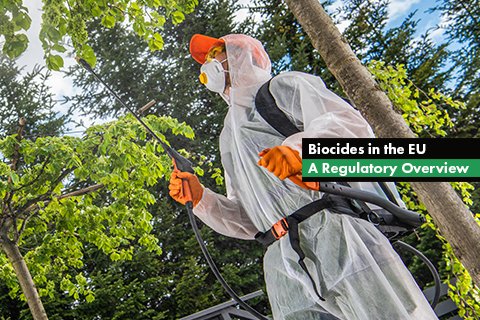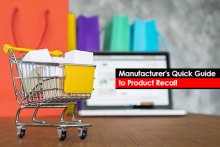The European Union (EU) has implemented strict regulations to ensure biocidal products’ safe and effective use. Biocides are crucial in controlling harmful organisms such as bacteria, viruses, and pests and are widely used in various sectors, including healthcare, agriculture, and household products. Compliance with EU Biocidal Product Regulation (BPR) ensures market access and consumer protection. To navigate the complexities of BPR compliance within the EU, consider partnering with a Regulatory expert.
This blog will provide an overview of the Regulatory framework for biocides in the EU and highlight key aspects of the BPR.
Understanding the BPR
The BPR is the primary legislation governing the market entry and utilization of biocidal products within the EU. It aims to ensure a high level of protection for human health and the environment while promoting the harmonized functioning of the biocides market. The regulation applies to various products, including disinfectants, insecticides, preservatives, and repellents. The key aspects of BPR include the following:
- Product Authorization: As per the BPR, biocidal products must undergo national member state registration or a thorough authorization process before being placed in the EU market, based on the active substance approval status. The process involves several stages, including data generation, risk assessment, and evaluation by the European Chemicals Agency (ECHA) and member state competent authorities. The authorization process ensures that biocidal products meet stringent efficacy and safety requirements. Further, the authorization process can take time from 90 days to a year or more.
- Active Substances: The BPR establishes a list of approved active substances that can be used in biocidal products. Only active substances included in the EU's approved list can be used legally. The list undergoes regular updates and revisions based on scientific evaluation and risk assessment. Companies must seek authorization for their products containing active substances and comply with specific requirements for each product type.
- Product Types: Biocidal products are categorized into different product types, each with specific requirements and regulations. These categories include disinfectants, pest control products, preservatives, and more. The BPR provides detailed guidelines and data requirements for each product type, ensuring they are effective, safe, and properly labeled.
- Data Requirements and Testing: To obtain authorization, companies must provide comprehensive data on the biocidal product's efficacy, toxicological profile, environmental impact, and more. This data is crucial in assessing the product's safety and effectiveness. Testing methods and requirements are harmonized across the EU to ensure consistent evaluation of biocidal products.
- Supply Chain Obligations: The BPR places responsibilities on all actors in the biocides supply chain, including manufacturers, importers, and distributors. Each entity must ensure compliance with the regulation, including record-keeping, reporting obligations, and cooperation with Authorities. Additionally, companies must notify ECHA of their intention to place a biocidal product on the market. Furthermore, the manufacturer must establish a legal entity for placing biocide products in the EU market.
To conclude, the Regulatory framework for biocides in the EU ensures the safe and effective use of biocidal products while protecting human health and the environment. The authorization process, active substance approval, and product categorization help maintain high standards of quality and safety. Manufacturers must comply with the BPR to operate in the EU biocides market. Consulting a Regulatory expert like Freyr can help you easily place your biocidal products in the EU market.
Would you like to learn more about BPR? Talk to our experts.





